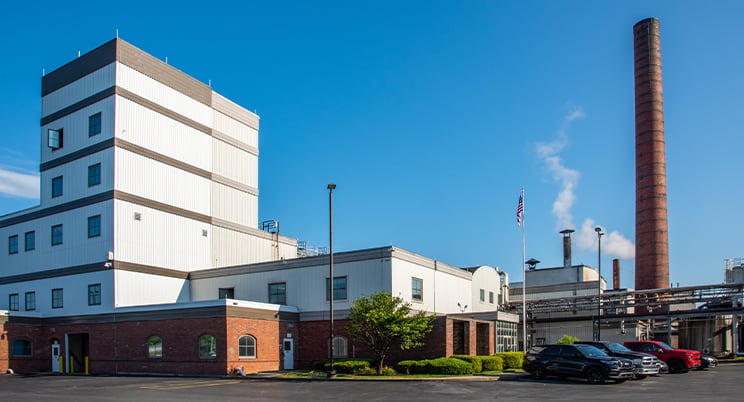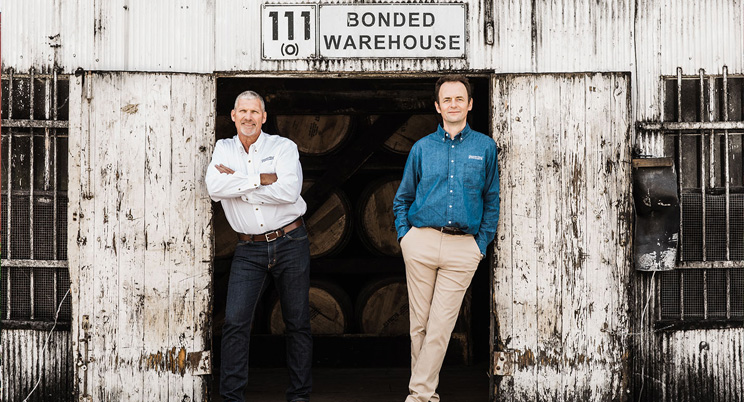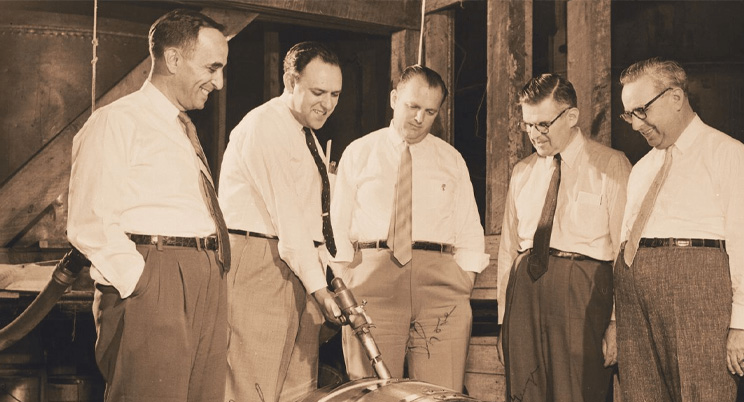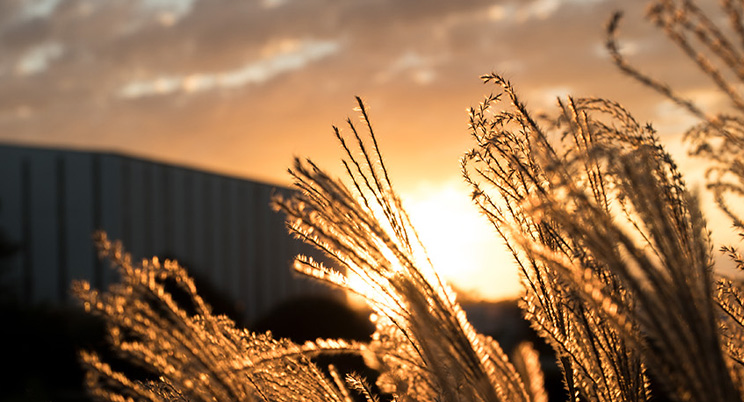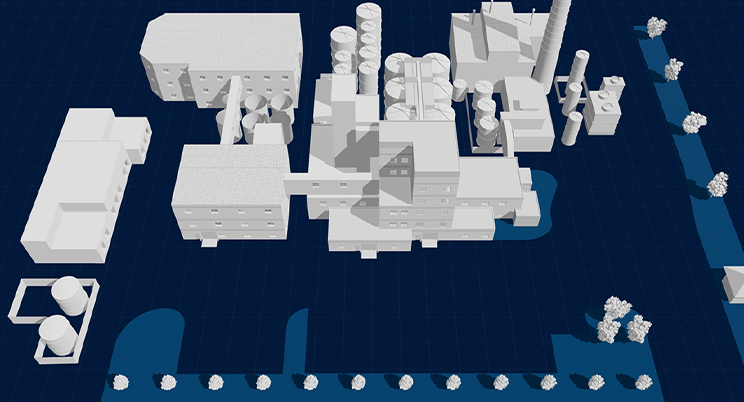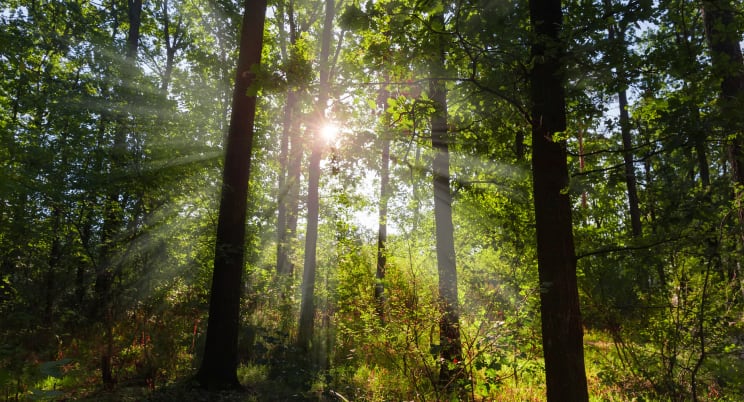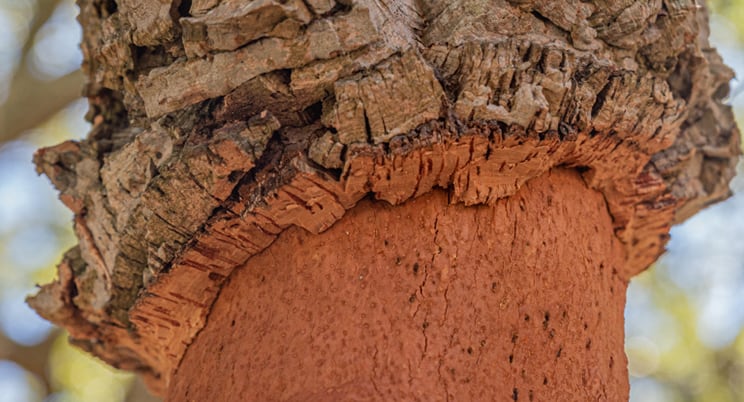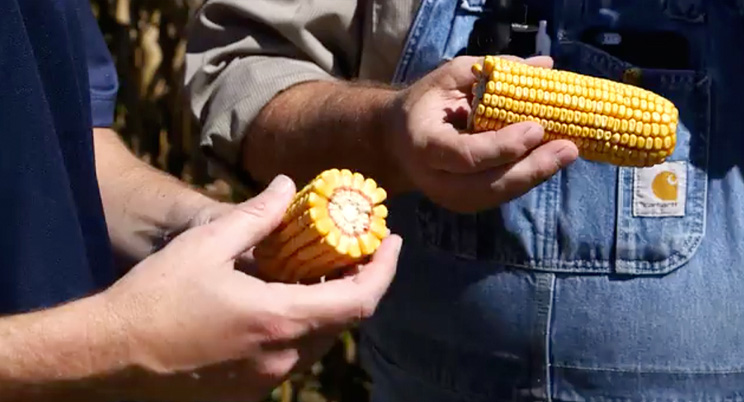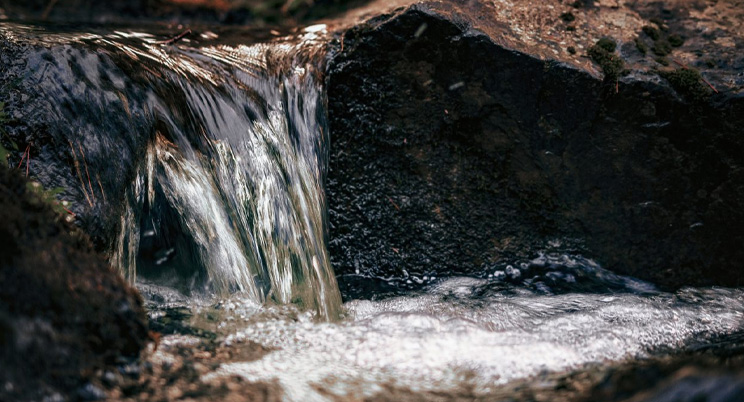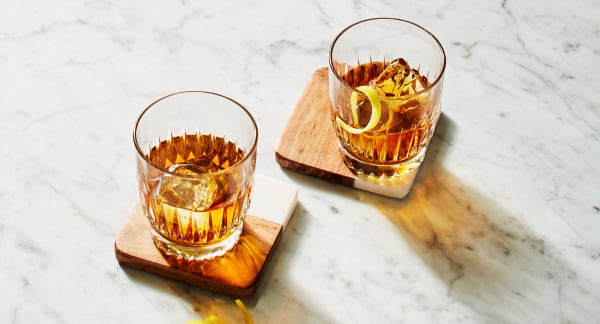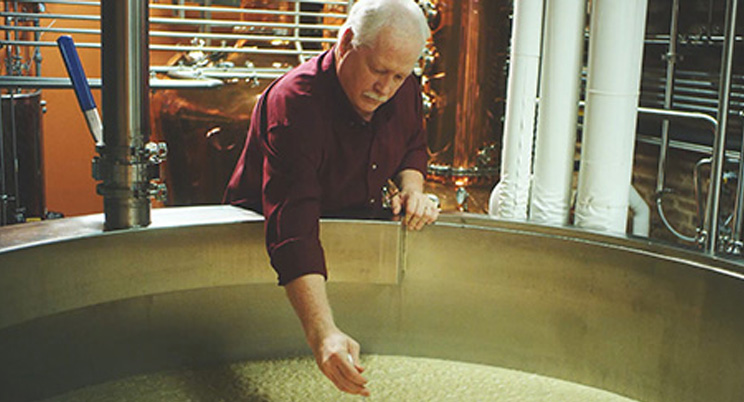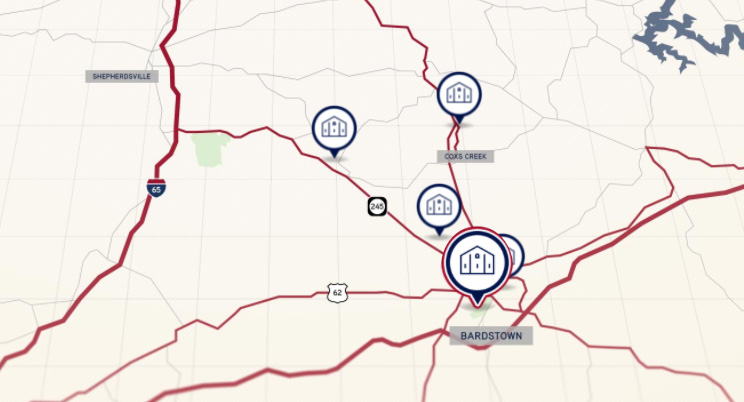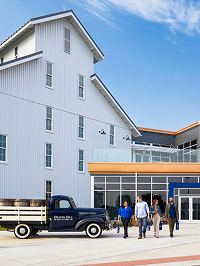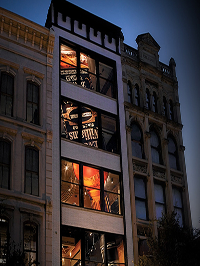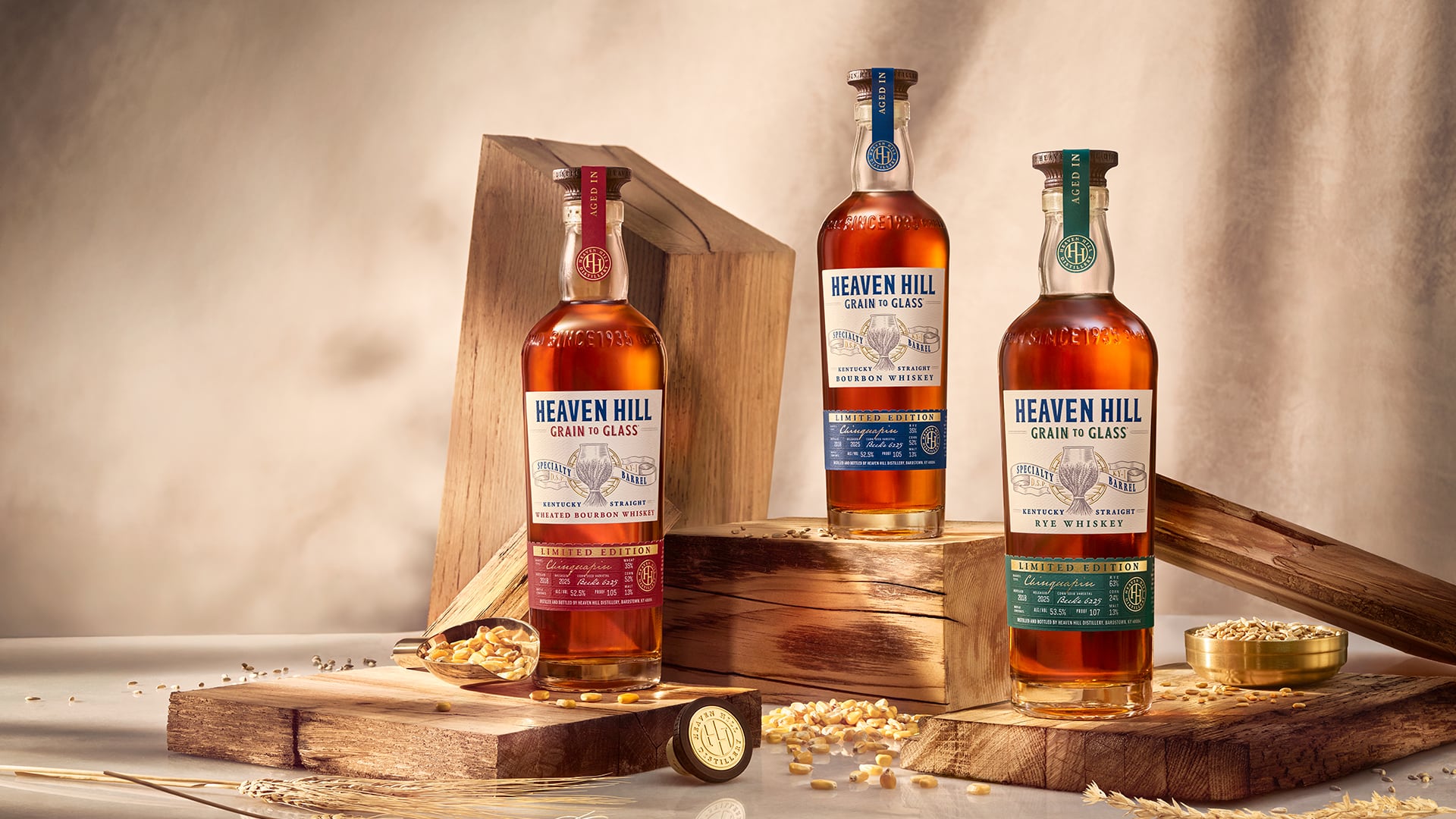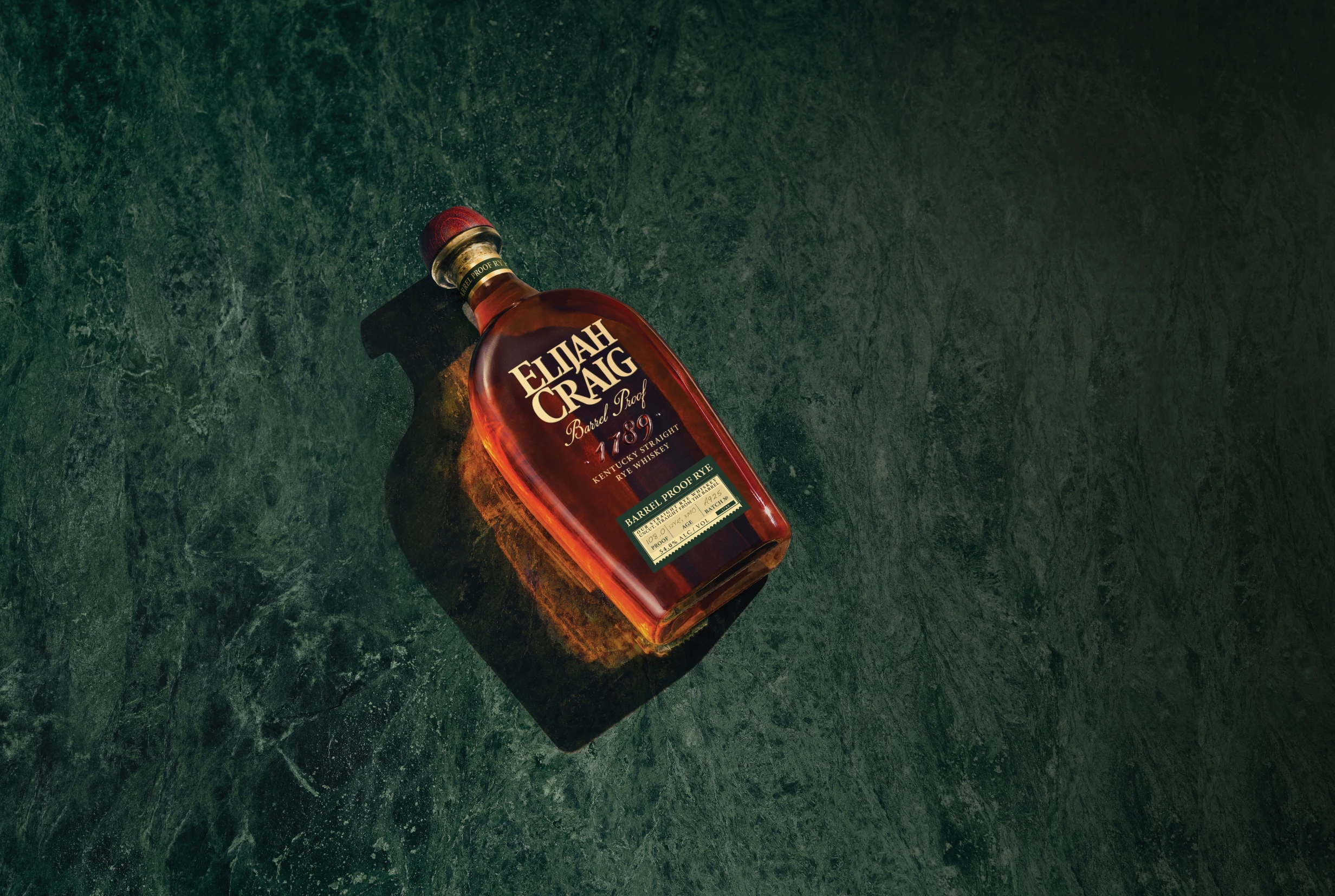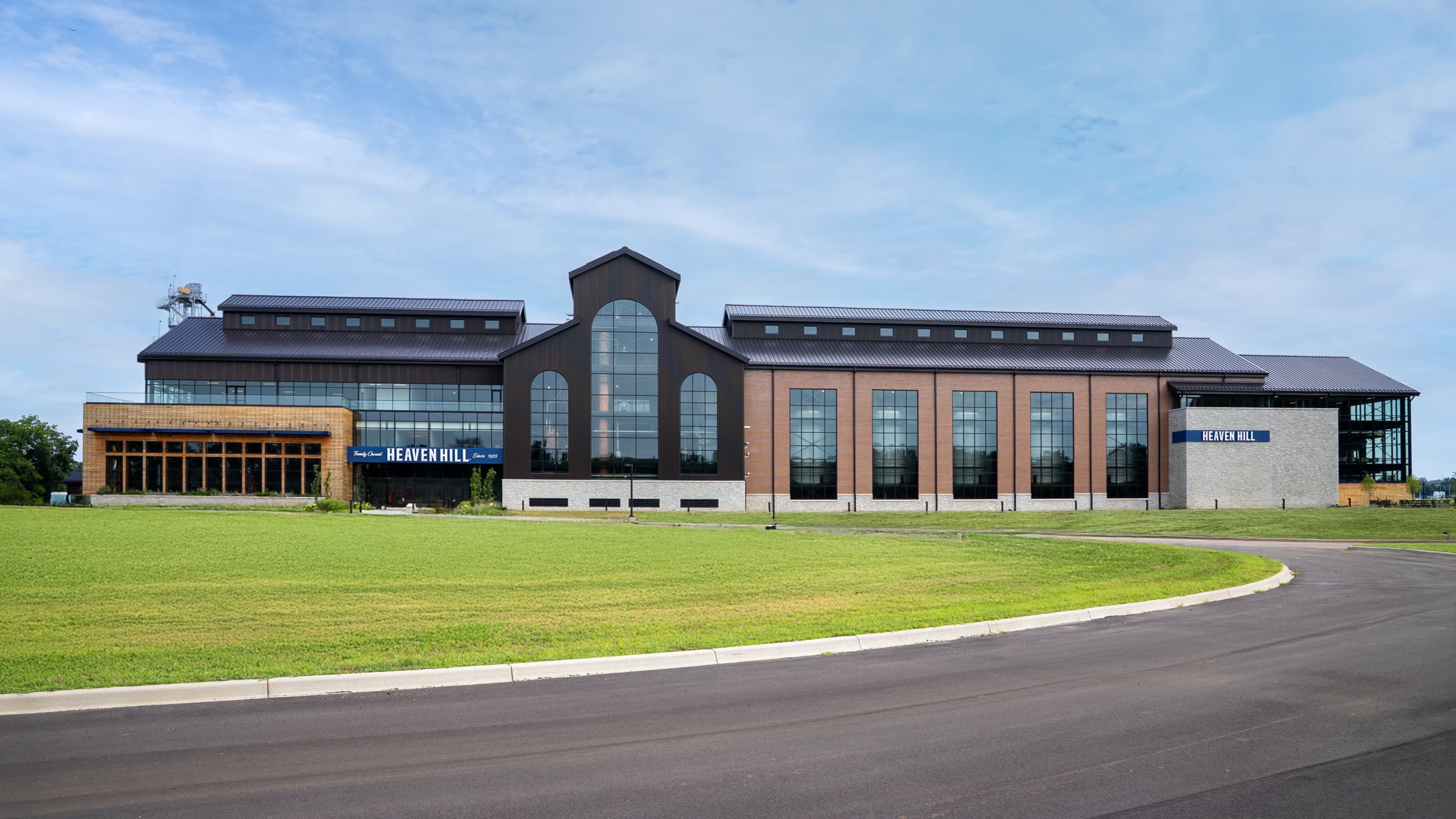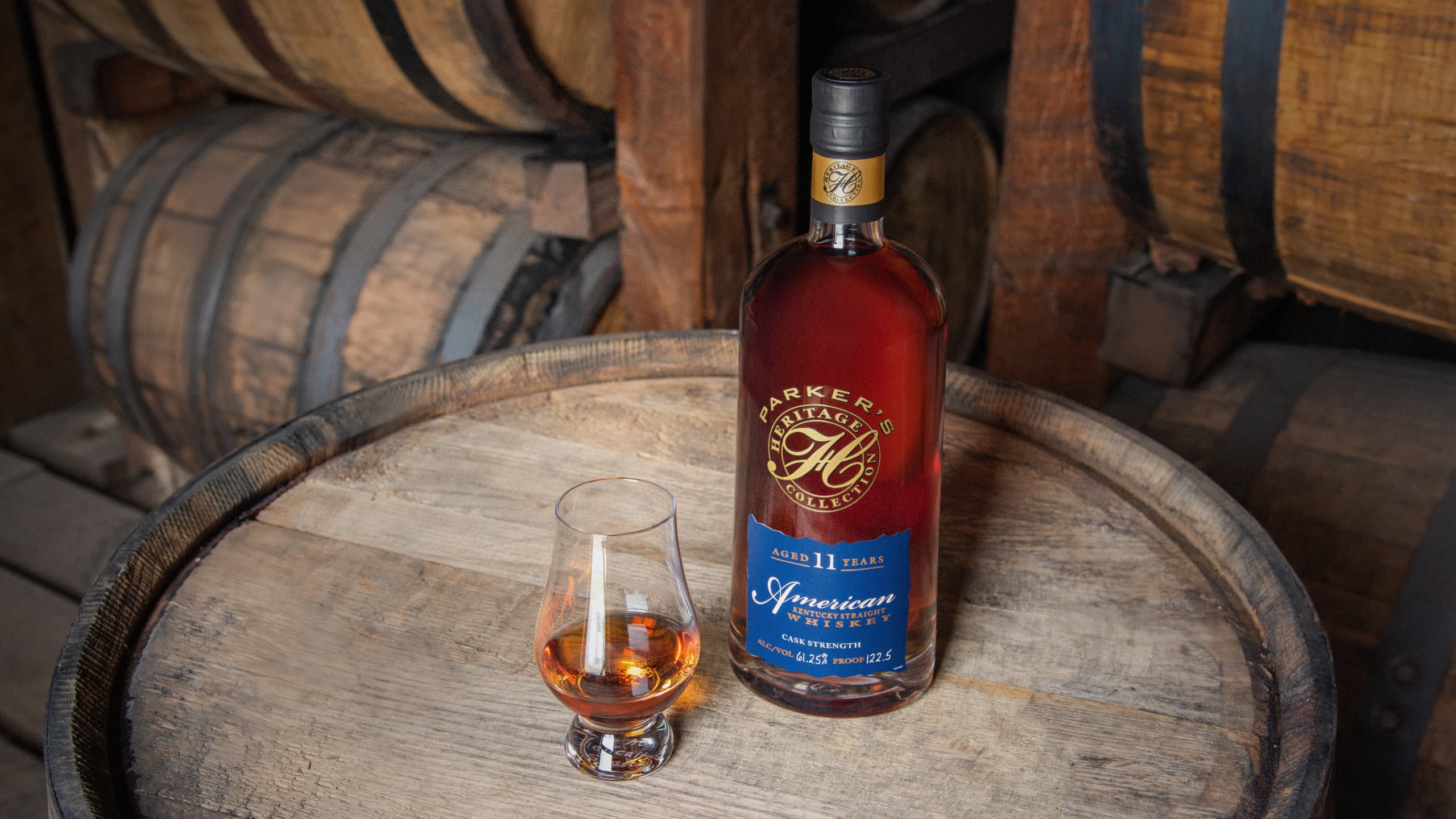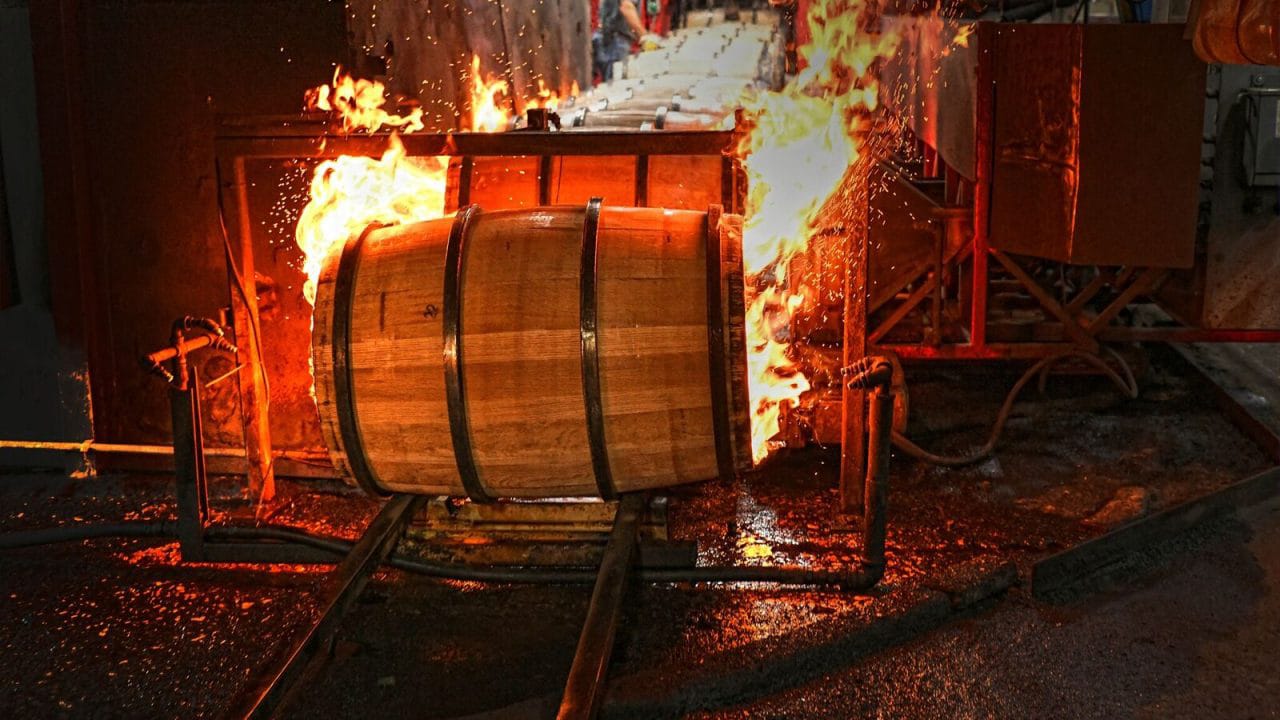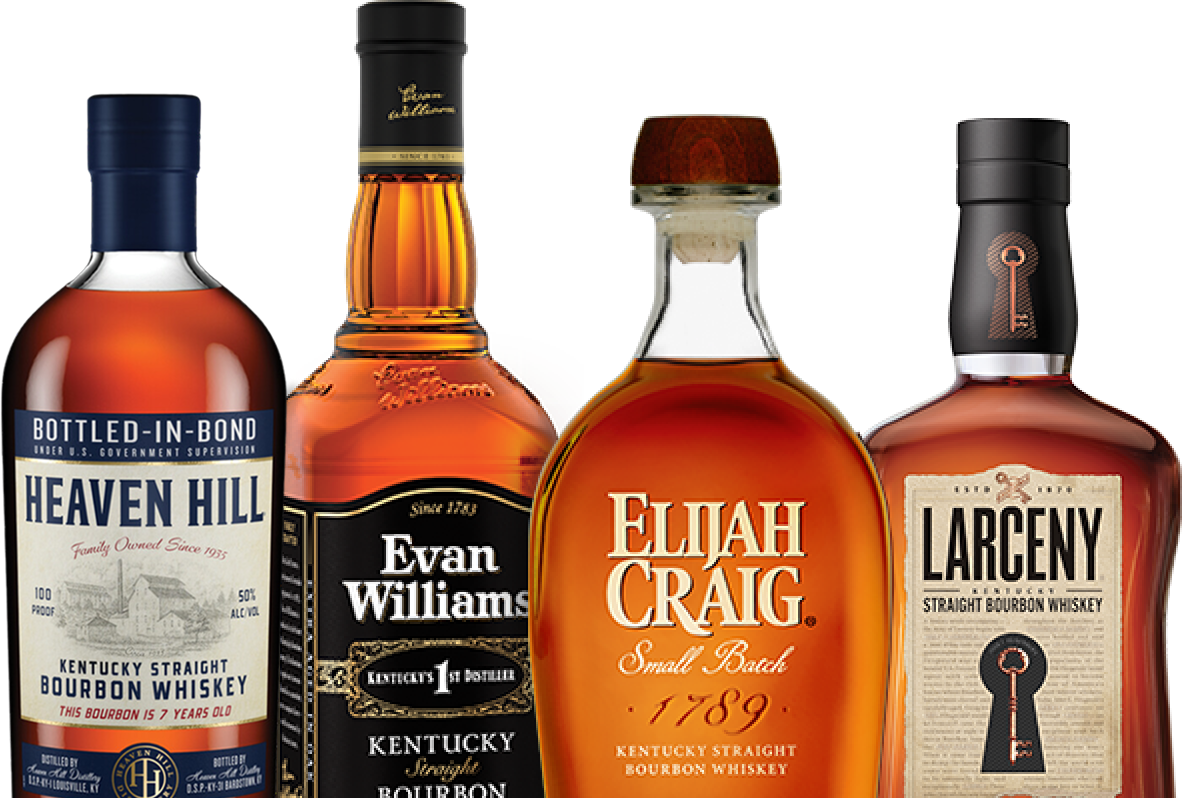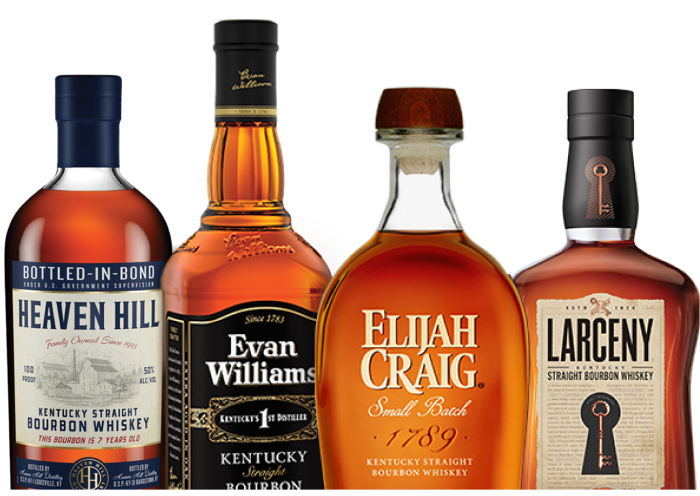For most people, the centuries-old practice of barrel making isn’t well understood. Fewer still know much about cooperages, the businesses that make those liquid-tight wooden casks that give whiskey all its color and most of its flavor. With only a handful of cooperages in the U.S., and just a fraction of those offering tours, chances to learn much about them are limited.
Though little about barrels themselves have changed in hundreds of years, cooperages are another story. A modern barrel-making operation is a complex enterprise that leans as heavily on computerized production forecasts as it does the hands-on craft of barrel assembly. The largest cooperages are sprawling sites that consume many acres and employ hundreds, and amid the American Whiskey boom, some operate around the clock to keep pace with ceaseless demand.
Understanding how these amazingly strong vessels are made is only half the story. Knowing from where and how their wood is harvested, seasoned, and made into barrels customized for each distillery is equally valuable. Making it all work smoothly from forest to distillery requires a team effort.
Our cooperage partners are best-in-class producers of barrels. They mill and air dry the staves to exacting standards for excellence in both construction and flavor.
Growing Barrels
The journey of an American oak (quercus alba) from an acorn to a towering tree chosen for coopering spans 30 to 80 years. An ideal tree is straight, of a specific height and girth, and has minimal knots. These specimens grow abundantly in the Ozark Forest of the American Midwest and in the central-east Appalachian range.
Since forest management is crucial to helping these trees thrive, cooperages rely on loggers to remove non-merchantable trees that impede the growth of promising oaks. The practice is called “timber stand improvement” and is overseen by certified master loggers. Cooperages consult regularly with such loggers and work with thousands of suppliers to acquire the best and most consistent barrel-grade oak. The industry takes timber sustainability very seriously, and white oak forests are growing faster than they’re being cut down. Currently, American white oak is the second fastest growing hardwood resource, and its growth rate exceeds harvest by 70%. Cooperages are also committed to using every bit of the trees, turning bark, wood chips, and sawdust into fuel, landscape, and paper products. [1]
Once harvested, timber is taken to a sawmill and cut into 36-inch long rough staves. Depending on each distillery’s preference, rough staves will air-dry, or “season,” for 12 to 36 months. The air-drying process achieves two two important goals: functionally, it removes moisture from the lumber and makes it stable for working. But it also impacts the aging process by intensifying the oak’s desirable flavor compounds and eliminating unpleasant tannins. At most cooperages, the seasoning stage takes place outdoors, where the wood lies exposed to the elements.
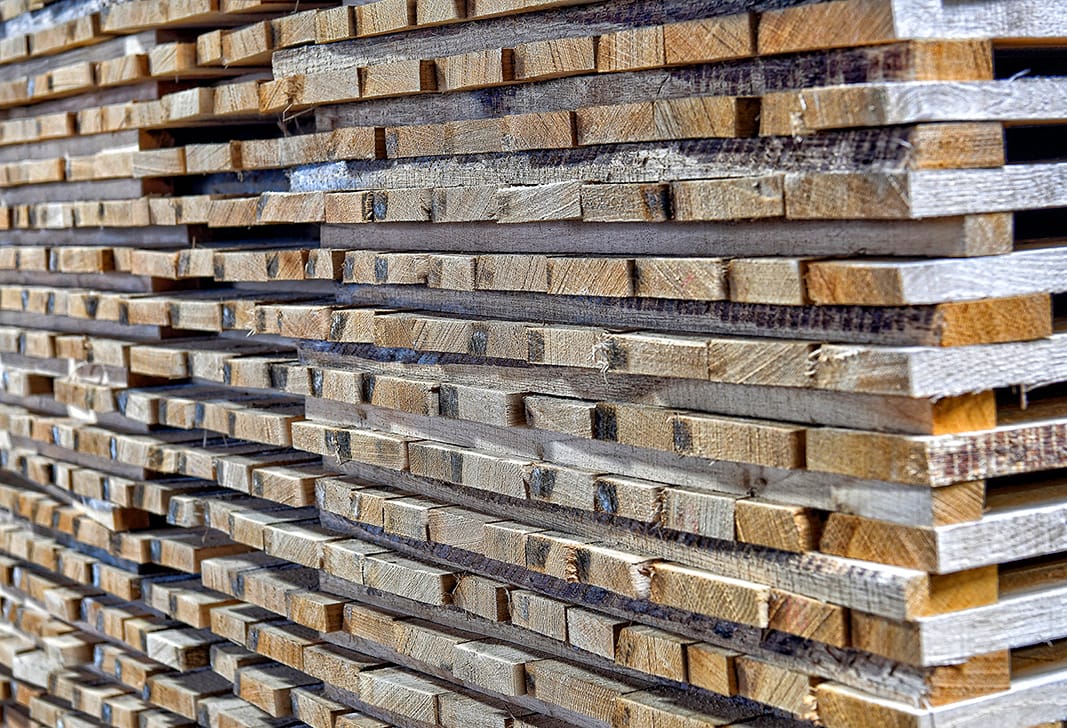
Major Investments
Like their distillery partners, cooperages must make long-term investments in products that provide no return until years after they’re initiated. Keeping vast supplies of wood on hand comes not only at a great expense, it means a cooperage campus will have acres of stave stacks drying for years.
In recent decades, cooperages continually seek innovative methods in both machine technology and process optimization to produce consistent, high-quality barrels that leak less and remain sturdy for years of reuse and repair. Laser-guided cutting and shaping machinery are common, as are digital sensors that note data like the moisture content of staves, or barrel toasting and charring temperatures. Such investments are significant for cooperages, but fewer barrel rejections by distillers make it worth the cost.
Every single stave is prepared and flattened individually to create the tightest possible seal, without needing glue or adhesives to hold them together
Raising Barrels
At the cooperage, rough staves pass through thickness planers that shape both faces of the stave to match the interior and exterior curved surfaces of the barrel. Next, in a process called jointing, staves are tapered on each end to create the tightest possible fit when attached to the barrel’s heads. The now-narrowed ends cause the staves to bulge outward at the center of the barrel once fitted with steel hoops, producing the recognizable round shape. This crucial center bulge is key for transport: while an empty barrel weighs about 100 pounds, the weight soars to approximately 500 lbs. when filled with new make whiskey. It’s this bulge that allows one person to roll the barrel into the rickhouse.
Each barrel is hand-built, with the cooper selecting each stave to align next to the others to create the optimal fit.
Despite mechanization in coopering, the human touch remains essential to the process. The cooper, who “raises” each barrel by hand, must gain years of experience to master the skill of eyeballing staves to find those that fit snugly together and create a liquid-tight seal. By hammering together 31 to 33 staves into a holding stand, skilled coopers can raise a barrel in as little as 90 seconds.
White oak is very rigid, so moisture and heat must be added to bend it into shape. Once the barrel has been steamed for 15 minutes, hoops are added to lock in the fit.
Temporary truss rings are added to hold each stave in place, then the barrels are moved to a steamer to moisten and soften the wood. The steaming allows the wood to flex under the pressure of the permanent steel hoops applied to their exterior, creating the classic barrel shape.
Flavor from Fire
Depending on each distillery’s preference, barrels are then toasted and/or charred.
Toasting occurs when a barrel—still without heads—is placed over a small burner for anywhere from seven to forty-five minutes. The fire’s low-and-slow heat reaches deep into the staves to convert the wood’s hemicellulose fibers into sugars and render them accessible to the whiskey.
Charred barrels are essential to flavor, and legal requirement for making Bourbon. Heaven Hill uses a Level 3 char for the right balance of flavors.
Charring is an intense, surface-level heat treatment in which intense flames burn the inside of a barrel for about 40 seconds. The result is a ¼-inch deep layer of cracked and blackened wood that acts as a charcoal filter to remove impurities as the liquid penetrates the staves.
Just below the char is the red layer, rich with aromatics and deeply caramelized wood sugars that give whiskey its characteristic toffee, vanilla, honey, and butterscotch flavors.
Charred wood heads then are fitted into grooves at each end of the barrel, and six permanent steel hoops are fitted around the complete assembly: two bilge hoops near the barrel’s center, followed by two quarter hoops and head hoops at each end.
Finally, a bunghole is drilled into the center of the barrel’s side, the barrel is filled with water and pressurized air to test for leaks and ensure they are liquid-tight. If no leaks are found, the barrel is ready. If leaks do emerge, the source is located and repaired by skilled coopers who’ve mastered the precise process. Most often, a cooper will remove the hoops by hand, replace the problematic stave with a clean one, and then reassemble the barrel.
Every barrel is filled with water to test their integrity and ensure they are the highest quality. If leaks are present, the defective staves are removed and replaced, with the cooper re-installing the hoops by hand.
To the Distillery
The craft of a cooperage matters little if distilleries don’t receive reliable barrels that match their specs and meet their quality standards. When it comes to oak barrels, there are no generic models. Each distillery prefers unique levels of stave wood seasoning, toast and char. At Heaven Hill, we age most of our American Whiskey in Level 3 barrels, which have been charred for approximately 40 seconds.
Learn More About The
Different Char Levels
Though they’re inspected at the cooperage, barrels are thoroughly reinspected at the distillery to ensure they pass muster when delivered.
Heaven Hill Distillery fills more than 1,000 barrels a day. We need cooperage partners that can produce reliable products at a scale that matches our operations to create whiskey with unparalleled craftsmanship.
Since empty barrels take up a lot of space, new barrels must be delivered at a pace that’s in sync with a distillery’s production cycle. When Heaven Hill’s Bernheim Distillery is operating seven days a week, it will need five to six tractor trailer loads (of 288 barrels each) delivered on five of those days. If distilling a spirit that requires used cooperage, new barrel orders are adjusted to accommodate. At such a pace, the distillery must then move filled barrels to aging facilities with equal alacrity.
Pride In Independents
Such cooperation between Heaven Hill and its cooperage partners is the product of relationships that extend backward for decades. Earned over time, deep trust between these family-owned companies means handshake deals are still the norm, even when it involves millions of dollars in inventory. Their shared commitment of producing the highest quality whiskey using the world’s finest barrels will keep these trustworthy alliances intact for many years to come.
[1] Source. “White Oak Sustainability” ISC Barrels https://www.iscbarrels.com/2016/06/16/white-oak-sustainability/
